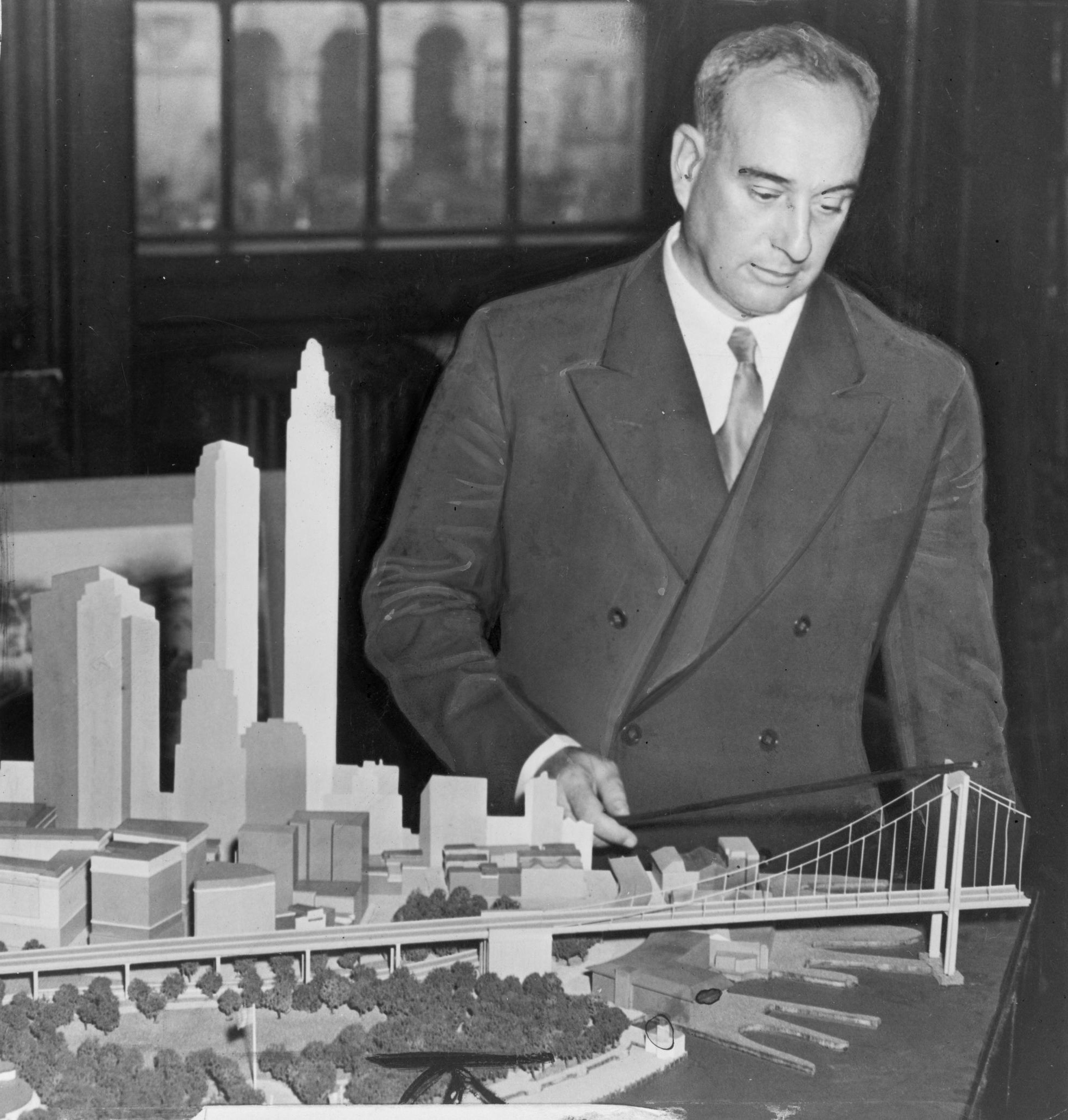Jane Jacobs saw patterns in the disorder, benevolence in so-called blight, sublimity in street life, angels in the anarchic, and she was (thankfully) a huge pain in the ass until others could see the same. The opening of her landmark 1958 Fortune story, “Downtown Is for People“:
“This year is going to be a critical one for the future of the city. All over the country civic leaders and planners are preparing a series of redevelopment projects that will set the character of the center of our cities for generations to come. Great tracts, many blocks wide, are being razed; only a few cities have their new downtown projects already under construction; but almost every big city is getting ready to build, and the plans will soon be set.
What will the projects look like? They will be spacious, parklike, and uncrowded. They will feature long green vistas. They will be stable and symmetrical and orderly. They will be clean, impressive, and monumental. They will have all the attributes of a well-kept, dignified cemetery. And each project will look very much like the next one: the Golden Gateway office and apartment center planned for San Francisco; the Civic Center for New Orleans; the Lower Hill auditorium and apartment project for Pittsburgh; the Convention Center for Cleveland; the Quality Hill offices and apartments for Kansas City; the downtown scheme for Little Rock; the Capitol Hill project for Nashville. From city to city the architects’ sketches conjure up the same dreary scene; here is no hint of individuality or whim or surprise, no hint that here is a city with a tradition and flavor all its own.
These projects will not revitalize downtown; they will deaden it.”
•••••••••••
“For the answer, we went to the lady over there,” 1969:


